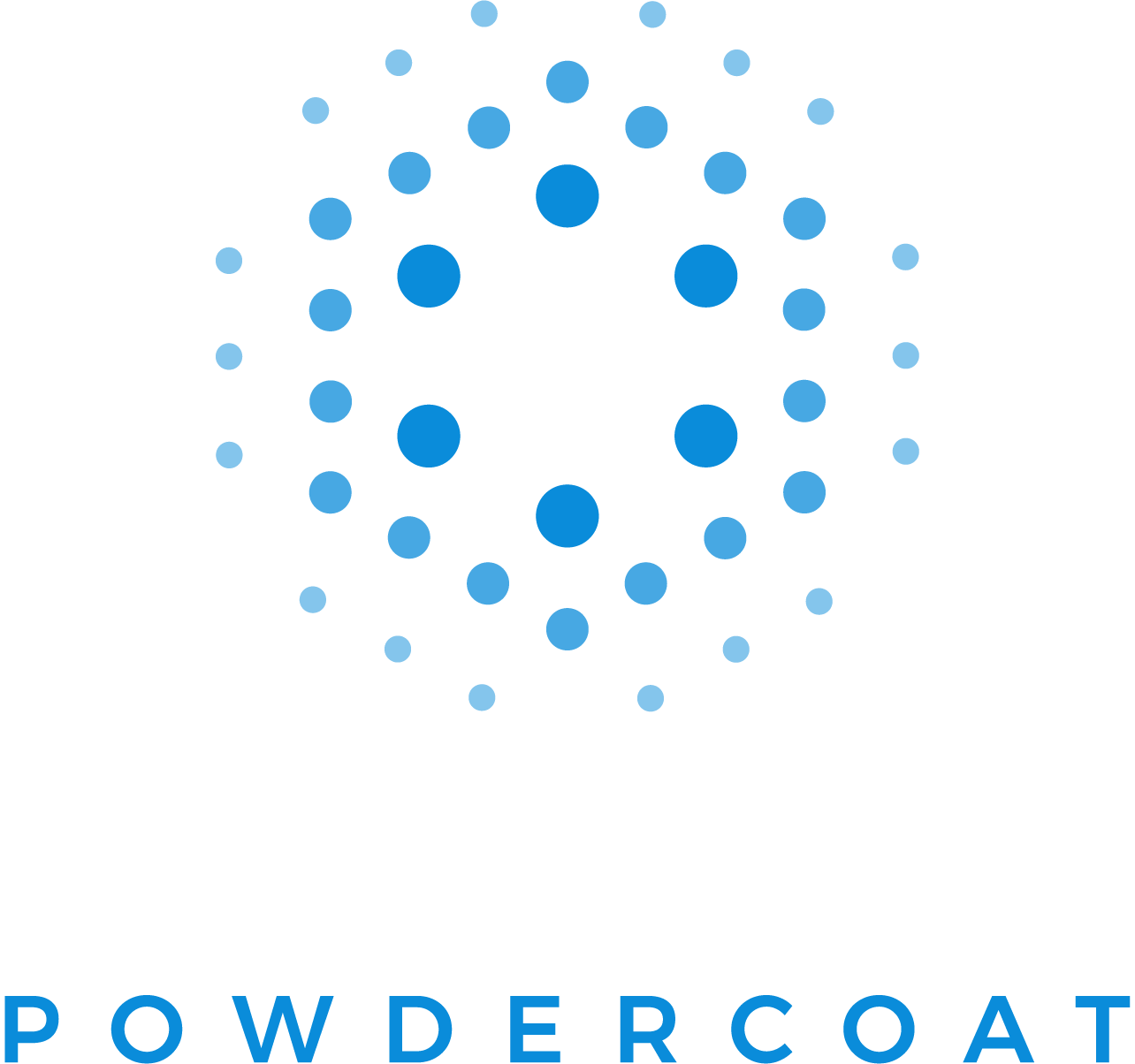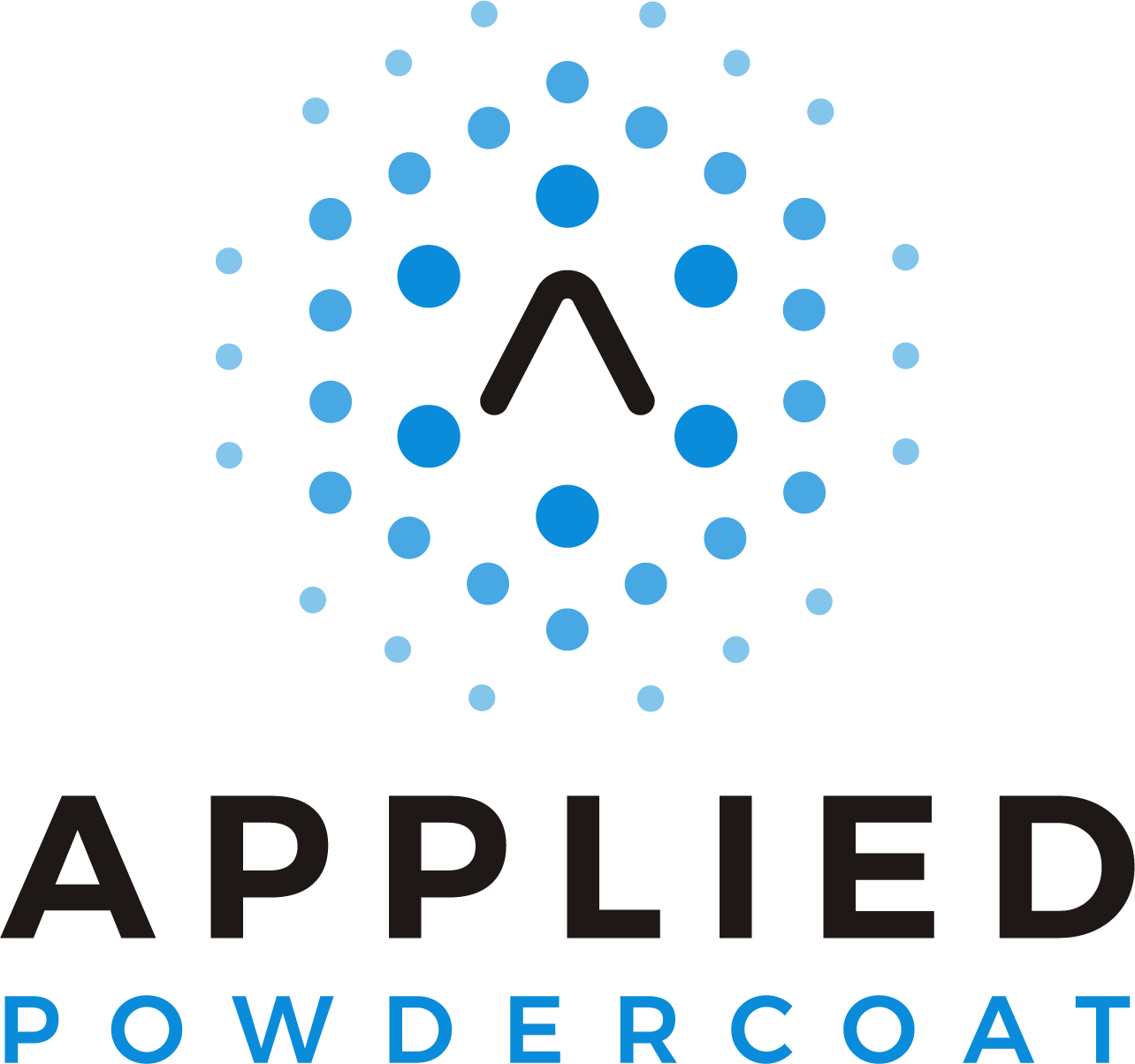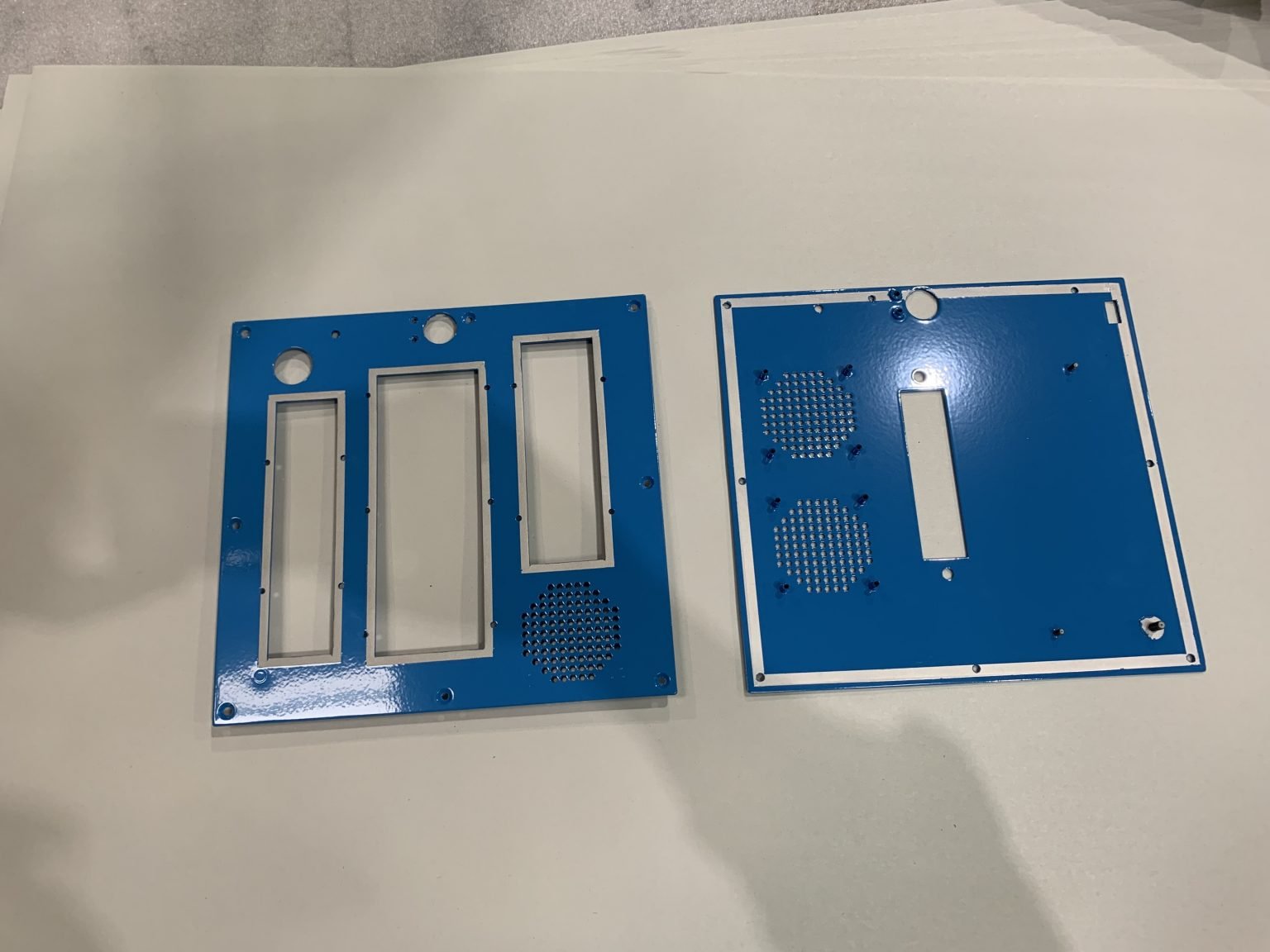The Art of Masking Parts in Preparation for Powder Coating Services
When it comes to powder coating, it’s important to consider not only the areas of the part that will be coated but also the areas that won’t be coated.
Masking—the process of covering those areas that won’t be coated—is an art form that requires a great deal of skill and labor. In fact, skilled masking is critical to delivering parts that look and function according to critical specifications.
Masking Is an Art That Cannot Be Automated
When there is an area on a part that a customer does not want powder coated, precision and attention to detail are paramount.
Determining the appropriate masking materials and techniques requires a deep knowledge of powder coating services and the processes involved—knowledge that only a human being (not a machine) can acquire. A skilled practitioner must then manually apply masking tape to the designated areas and deftly remove it when the powder coating process is complete.
Failure to use the right materials or apply and remove masking tape correctly can yield less-than-desirable results requiring costly touch-ups.
Applied Powdercoat’s Expert Approach to Masking
Not all finishing shops offer masking services; instead, they’ll ask that customers mask their parts before sending them for powder coating services. At Applied Powdercoat, however, we’re happy to provide this value-add service for our customers.
Here’s a peek at our multi-step masking process:
Planning
We have the experience to help identify areas requiring masking and select the right materials and techniques.
Here are the tapes we choose from based on the specific application:
Basic masking tape
High-temperature masking tape
Solvent-resistant masking tape
Media blasting tape for use on parts with a gritty surface (think: the sheet metal shell of a Dell computer)
Part preparation
We apply all masking tape and plugs (used for holes) carefully so that they stay in place during the powder coating process. You never have to worry about bleeds—which occur when the paint seeps under the tape—when you trust your parts to our team of experts.
Powder coating and curing
Once the parts have been masked and plugged, we powder coat them before placing them in the oven to cure. Thanks to our meticulous preparation, the tape and plugs won’t budge throughout the entire process.
Removing the tape and plugs
Finally, we carefully remove the tape and plugs, making sure that none of the coating peels off with the tape. In some cases, we use a chemical solvent to dissolve the tape.
People tend to underestimate the time and skill required at this stage in the process. But we know from experience that removing the tape carefully is critical to ensuring a quality finish.
Cost and Lead Time Considerations
When customers submit an RFQ for powder coating services, we account for the time it will take to provide proper masking when quoting their project. Shops that don’t offer masking services may appear to have lower prices and faster lead times, but keep in mind that improper masking can compromise your final product.
We are always happy to work with you to determine your masking requirements and get you exactly what you need. But if you just want a fast quote, be sure to clearly call out all areas on your drawing that will require masking or plugging, such as holes, recessed surfaces, and mating surfaces.
At Applied Powdercoat, we take pride in our work and are glad to offer a value-add service like masking to our customers. The time invested in understanding your masking requirements and properly masking your parts makes all the difference in your final product.
To see the difference, contact us for a quote.


